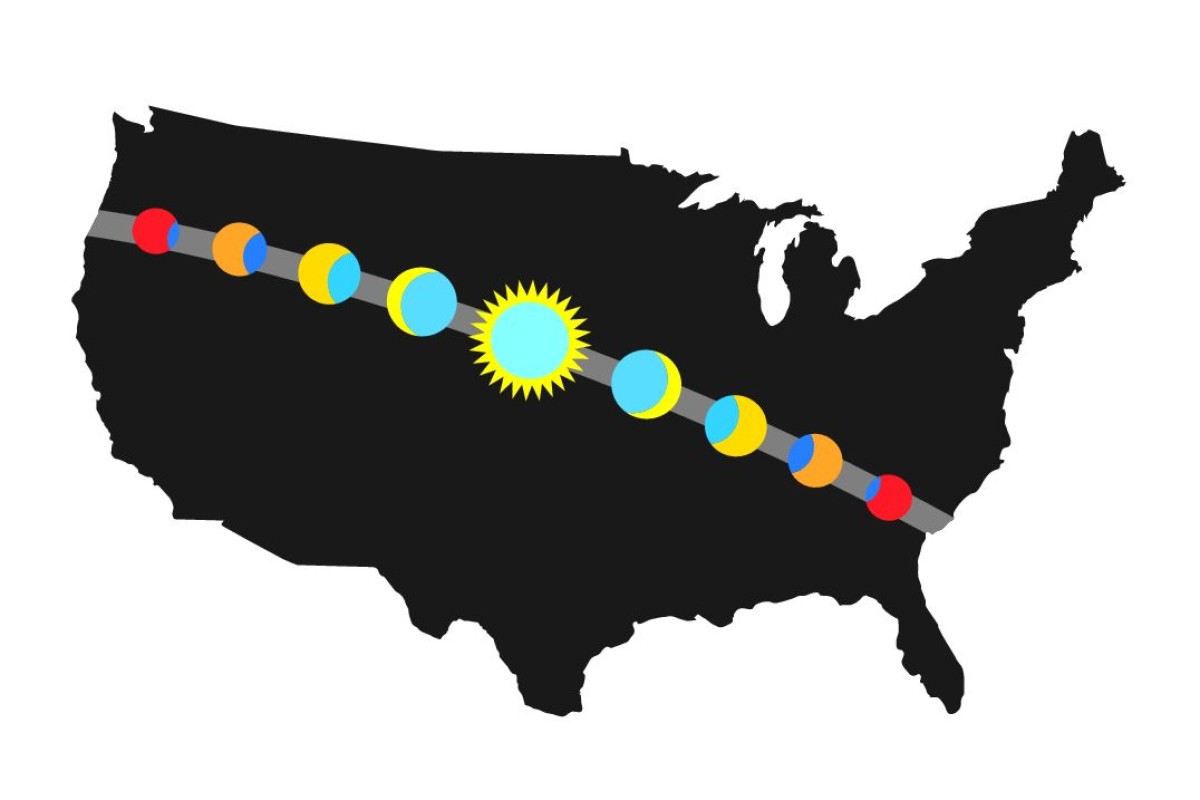
Dear Science,
I’m really excited about the total solar eclipse, but some of the details have me confused. People say that the eclipse will start on the West Coast and travel southeast toward South Carolina. But if the moon rises in the east and sets in the west, shouldn’t the eclipse go in that direction, too?
Here’s what science has to say:
No, the moon will not reverse its course around Earth for a few hours. But we don’t blame you for feeling confused. This falls into the category of Space Questions That Are Really Tough to Wrap Your Mind Around.
“It is actually something even astronomers struggle to see,” said C Alex Young, a heliophysicist at Nasa’s Goddard Space Flight Centre. When the issue came up at a recent conference, “it wound up with a bunch of astronomers sitting around trying to figure out how to explain it.”
When the moon passes in front of the sun Monday, it will cast a shadow across Earth’s surface. As it moves in orbit, that shadow will race east from the West Coast - the opposite path we’re used to watching the it take.
The phenomenon is difficult to understand because it shifts our perspective. Even though we learned in school that everything in space, including Earth, is in motion, we are bad at remembering that we are not standing still at the centre of things. When we look up at night and see the moon rising in the east, we assume the moon is circling from east to west.
In reality, the moon appears to rise in the east because that’s the way Earth is spinning. If you looked down on Earth from above the North Pole, our planet would be rotating counterclockwise - or spinning toward the east. That’s why you catch sight of the moon first peeping above the eastern horizon, and your last view of it is as it sets in the west.

